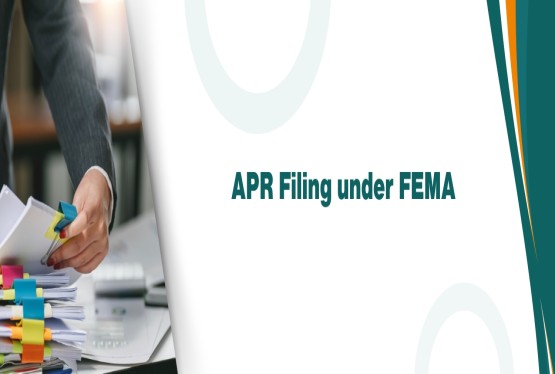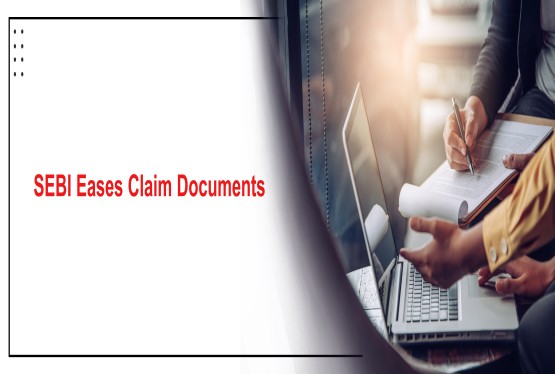Establishing a corporation in India is a important legal procedure that sets the groundwork for a business's future activities, expansion, and regulatory compliance. Despite the fact that the Ministry of Corporate Affairs (MCA) has made the procedure for registering a company more simple by introducing online forms like SPICe+, many business owners, particularly first-time founders, continue to commit avoidable errors that result in delays, rejections, or even potential fines in the future. Insufficient of legal obligations, inadequate paperwork, or excessive reliance on unreliable online advice can frequently lead to these mistakes. Every stage of incorporation, from selecting the incorrect business structure to misunderstanding regulatory duties, must be carried out correctly. Minor oversights might have severe repercussions, such as regulatory infractions, higher expenditures, brand concerns, and investor mistrust. This piece covers the ten most typical but frequently ignored errors businesses commit when company incorporating in India, and it offers useful legal advice to help you prevent them and incorporate your company correctly the first time.
Skipping MCA Name Approval Before Branding or Domain Booking
Beginning branding activities before receiving name clearance from the Ministry of Corporate Affairs (MCA), such as logo design, domain name registration, or social media profile creation, is one of the most frequent yet frequently undervalued mistakes that new firms make during the incorporation process. Entrepreneurs often make the mistake of buying stationery, web domains, or marketing materials in the belief that their suggested firm name will be accepted. A company name, however, must be officially authorized by the Registrar of Companies (ROC) via the SPICe+ Part A form or the RUN (Reserve Unique Name) service in accordance with the Companies Act, 2013. The ROC considers potential names using a number of criteria, such as trademark conflicts, similarity to current organizations, and adherence to Rule 8 of the Companies (Incorporation) Rules, 2014, which deals with undesirable or forbidden names. The startup may be forced to give up the branding resources it has already produced if the name is denied due to phonetic similarities, usage of banned words, or current trademarks, which could cause needless expenses and delays. For this reason, it is always wise to finish the legal name reservation procedure first before moving on with domain registration or any other kind of brand identity creation. It can also reduce the chance of rejection by performing a preliminary name availability search on the IP India trademark site and the MCA.
Ignoring Director Disqualification Rules Under Section 164
Not checking if the suggested directors are disqualified under the Companies Act, 2013 is another frequent but major error that happens during the process of business incorporation. According to Section 164, a person is not eligible for appointment as a director if, among other things, they have been found guilty of a crime involving moral turpitude, have been insolvent, or have failed to submit financial statements or annual returns for three consecutive financial years in any other business. When reappointing people who were previously associated with defaulting companies, many applicants neglect to confirm the potential directors' past directorship history or compliance status. The Ministry of Corporate Affairs (MCA) keeps a public database of disqualified directors, and DINs (Director Identification Numbers) linked to such people are immediately flagged or deactivated. Submitting SPICe+ forms with a disqualified or inactive director might not only result in the application for incorporation being rejected but could also cause the process to be delayed indefinitely. Additionally, the newly formed company may be in violation of rules from day one if such a director is unintentionally hired, which could lead to regulatory examination. It is important to do a DIN status check to make sure that none of the suggested directors are subject to disqualification under Section 164 in order to prevent this mistake. Furthermore, in order for their DINs to continue to be valid, all directors must have submitted DIR-3 KYC forms.
Failing to Prepare the Subscriber Sheet and Consent to Act Documents Properly
The accurate preparation of the subscriber sheet and the consent to act as director (DIR-2) forms are two of the basic legal prerequisites for incorporation. Many applicants overlook or submit documents that are incorrectly signed, incomplete, or inconsistent, despite their importance, which results in needless rejections from the Registrar of Companies (ROC). As a component of the MOA (Memorandum of Association), the subscriber sheet is a statement made by each subscriber about their commitment to purchase a certain number of shares and their agreement to establish the business. This document must list each subscriber's name, address, job, and witness information exactly as it appears on their identification documents. Furthermore, under Section 152(5) of the Companies Act, 2013, anyone nominated to be appointed as a director must submit a consent letter in Form DIR-2, stating their willingness to serve in that capacity. Oft times, candidates upload scanned documents that are unsigned, have erroneous DIN information, or have insufficient date and witness signatures. A resubmission or outright denial may occur if there is any discrepancy between the data provided in these supporting documents and the data entered in SPICe+ forms (INC-32, INC-9, etc.). To prevent this mistake, make sure that the subscriber sheet is signed in the specified format and with the same ink, and that all information matches the subscribers' PAN and Aadhaar data. In a similar way, make sure that DIR-2 forms have a date, signature, and self-attested ID proof.
Using Dummy or Shared Registered Addresses Without Valid NOC or Utility Bill
Section 12 of the Companies Act, 2013, makes it mandatory to have a registered office address that is both accurate and verifiable, and mistakes at this point might cause significant delays in the incorporation procedure. Using shared office spaces, rented premises, or even residential addresses as the company's registered address without the necessary supporting documentation, such as a valid No Objection Certificate (NOC) from the property owner or a current utility bill, is one of the most common errors made by new businesses. To confirm that the firm has the legal right to utilize the specified premises as its registered office, the Registrar of Companies (ROC) mandates documentary evidence. This comprises providing a current utility bill (electricity, telephone, water, or gas) that is no more than two months old, as well as an NOC from the owner if the company or any of its directors do not own the property. A submission is likely to be rejected or flagged for resubmission if these materials are missing, out of date, or conflict with the forms for incorporation. In some cases, ROC may even express concerns during post-incorporation checks. In order to prevent this error, it is imperative to confirm that the registered office address is correct and backed up by a current utility bill that clearly displays the address, an owner's consent letter (NOC), and a legitimate rent agreement (if applicable). When submitting Forms SPICe+ INC-32 and INC-22, these papers should be uploaded in a legible, self-attested manner.
Uploading Poorly Scanned or Non-Legible Incorporation Documents
Uploading illegible, poorly scanned, or blurry papers onto the MCA site is a surprisingly frequent but preventable error during the business formation procedure. For the integration to proceed without a hitch, the Ministry of Corporate Affairs (MCA) requires that all pertinent documents, including identity proofs, utility bills, consent forms, Aadhaar, and PAN, be scanned at a high resolution and self-attested. The SPICe+ forms are often rejected or the applicants are asked to resubmit them because they upload documents that are poorly formatted, cropped, hazy, or scanned at a low resolution. Incorporation filings are scrutinized digitally, and the Registrar of Companies (ROC) must be able to verify the identity and address details of all directors, subscribers, and the company’s registered office from the uploaded documents. The ROC may reject the application or raise technical scrutiny concerns if the dates, ID numbers, or signatures are not easily visible. Additionally, uploading files in the incorrect file type (for example, uploading JPEGs instead of PDFs), or exceeding the maximum file size set by MCA, might result in technological validation problems during submission. It's essential to make sure that all documents are scanned at a resolution of 200–300 DPI in color or grayscale, are fully visible without cropping, and are in the proper PDF format according to MCA's requirements in order to prevent this problem. With the date of attestation, all signatures must be legible, and papers must be self-attested. Proper digital documentation preparation is a little step that greatly shortens the time it takes to incorporate.
Incorrect Drafting of MOA and AOA Clauses
The Memorandum of Association (MOA) and Articles of Association (AOA) are the constitutional documents of a company and play a vital role in defining its objectives, internal governance, rights of members, and scope of operations. A common mistake during incorporation is the inaccurate or generic drafting of clauses within these documents, particularly the object clause in the MOA and decision-making provisions in the AOA. Many applicants use boilerplate templates without customizing them according to the specific nature of their business, which may later lead to regulatory conflicts or operational inefficiencies. Under Section 4 of the Companies Act, 2013, the object clause must clearly set out the main and ancillary activities the company intends to undertake. If the object clause is vague, overly broad, or unrelated to the actual business model, the Registrar of Companies (ROC) may reject the incorporation application or raise clarification requests. Similarly, a poorly drafted AOA one that fails to adequately define roles of directors, shareholder rights, quorum requirements, or procedures for issue of shares can lead to governance disputes after incorporation. To avoid such errors, it is advisable to seek professional assistance in preparing the MOA and AOA. The documents should be aligned with the company’s goals and the applicable provisions of the Companies Act. Additionally, in states where stamp duty is applicable, the documents should be properly e-stamped or notarized as per local regulations. Accurate and thoughtful drafting ensures long-term legal clarity and operational flexibility for the company.
Confusion in Capital Contribution and Shareholding Pattern
Misrepresenting or inconsistently disclosing the company's capital structure and shareholding pattern is another common and serious mistake that occurs during incorporation. Across different incorporation forms like SPICe+ Part B, MoA, and PAN/TAN applications, founders frequently experience problems when the paid-up capital, authorized capital, and the number of shares assigned to each subscriber are out of sync. The registration process might be slowed down and compliance expenses raised as a result of this discrepancy, which could result in rejections, resubmissions, or corrections made after incorporation. As per the Companies Act, 2013, the capital details must be accurately reflected in Forms INC-32 and INC-33 (MoA). These include the Paid-up Capital, which represents the real capital received, and the Authorized Share Capital, which establishes the maximum capital that a firm may issue. In addition, the subscriber's shareholding percentage and financial contribution must be clearly stated and consistently maintained in all legal documents, including the Subscriber Sheet, MoA, and PAN/TAN application. Inconsistencies in the company's future tax filings or regulatory disclosures may also be caused by mistakes in these specifics. In order to prevent such uncertainty, founders should create a transparent capital structure plan and keep a consistent record of share allocation, shareholder information, and contributions in all papers they submit. It is also crucial to determine at an early stage if shares will be issued at par or premium, and if the Articles of Association will include more classes of shares, such as preference shares. Thorough preparation at this point guarantees ROC compliance and avoids potential disagreements between shareholders in the future.
Failure to Appoint the First Statutory Auditor Within Time
The timely appointment of the first statutory auditor, which is a necessary requirement under Section 139(1) of the Companies Act, 2013, is one of the most often overlooked obligations after incorporation. All recently formed businesses (except those that are excluded by particular regulations) must name their first auditor within 30 days of incorporation by a resolution approved by the board of directors. However, many new businesses and first-time promoters fall short of this need, frequently believing that the auditor appointment is only required at the first annual general meeting (AGM). The fact that an auditor was not appointed within the allotted time frame might result in noncompliance as well as fines. Furthermore, the firm will be unable to submit its financial accounts or meet audit-related obligations without a statutory auditor, particularly when it comes to seeking bank accounts, applying for loans, or soliciting investments. If the Board does not name the auditor within the specified time, the members of the firm are responsible for doing so during an extraordinary general meeting (EGM) that must take place within 90 days. Companies can prevent this oversight by including the appointment of the first auditor in the agenda of the first board meeting following incorporation and keeping written proof of the board resolution and the auditor's agreement. Timely submission of auditor information in Form ADT-1, while not required for the initial appointment, is regarded as best practice and promotes transparency in the company's legal documents.
Not Applying for PAN, TAN, and GST at the Time of Incorporation
Forgetting to apply for statutory registrations like PAN (Permanent Account Number), TAN (Tax Deduction and Collection Account Number), and GST (Goods and Services Tax) is one of the most useful errors made during incorporation. The Ministry of Corporate Affairs (MCA) has made a single-window facility available through the SPICe+ integrated online form, which allows businesses to apply for incorporation and related registrations at the same time, such as PAN, TAN, EPFO, ESIC, and GST. However, a lot of candidates either skip these related choices or submit them incorrectly, which causes approval delays, unusable bank accounts, or future non-compliance with tax agencies. The firm is unable to conduct banking operations, submit income tax returns, or even sign legally binding agreements with its customers and suppliers without a legitimate PAN. Similarly, the company's capacity to deduct and remit TDS in accordance with the Income Tax Act might be hampered by not having a TAN on time. Furthermore, according to the CGST Act of 2017, businesses that surpass the turnover limit or participate in interstate supply must get a GSTIN, and if they don't, they may face fines and forfeit their input tax credit. To prevent this mistake, businesses must make sure that during the incorporation procedure, all necessary fields on the AGILE-PRO-S form (which is a component of SPICe+) are completed properly. The timely use and acceptance of these crucial identifiers helps the business comply with all regulations from the start and streamlines its tax and financial operations.
Incorporating Without Legal or Professional Support
First-time business owners frequently make the fatal error of trying to start a business without enough legal or expert help. The process of incorporation, however, remains complex in terms of legal, regulatory, and technical aspects, which are governed by the Companies Act, 2013, and related laws, even if the Ministry of Corporate Affairs (MCA) has made it easier through the SPICe+ integrated form and online filing system. Founders who only use outdated templates, online tutorials, or casual advice often face delays, rejections, or post-incorporation compliance lapses because they don't have the right documentation, submit the wrong forms, or don't follow the law. The process of incorporating a business includes more than simply completing administrative procedures. It also includes selecting the appropriate business structure, making sure there is enough capital, obtaining ROC approvals, drafting precise constitutional documents (MoA & AoA), selecting directors, and complying with tax and regulatory registrations. Every action carries legal ramifications, and if these are not properly managed, the company might face fines, inspection, or operational obstacles in the future. It is recommended to speak with a skilled Chartered Accountant (CA), Company Secretary (CS), or corporate law consulting business with expertise in business creation and compliance issues in order to avoid these hazards. Hiring professionals not only guarantees legal correctness and procedural accuracy but also provides entrepreneurs with peace of mind as their firm starts its official path.
Conclusion
Establishing a compliant and well-structured business entity in India requires first incorporating a company. But seemingly little mistakes during the registration procedure may result in major delays, legal problems, or reputational harm. With sufficient awareness and professional advice, these errors may be avoided, ranging from submitting inaccurate paperwork to missing legal deadlines. Entrepreneurs may guarantee a seamless and legally sound incorporation procedure by comprehending the most common mistakes mentioned above and adopting best practices at every step. Keep in mind that a successful incorporation involves more than simply registering a business; it also involves establishing the correct legal and operational framework for your company.
Need help with your company registration?
Contact us at 9988424211 or email us on info@ccoffice.in
Let’s get your company incorporated right the first time.
FAQ’s
Q1. What is the government fee for incorporating a company in India?
Ans. Government fees vary based on the company’s Authorized capital and state of registration. Generally, for a private limited company with Rs.1 lakh Authorized capital, the MCA filing fee is minimal, but stamp duty differs by state.
Q2. Can I incorporate a company without a CA or CS?
Ans. Yes, technically it is possible using the MCA portal, but it is not advisable. Professional assistance ensures legal correctness, compliance, and faster approval
Q3. What is SPICe+?
Ans. SPICe+ is an integrated web form introduced by MCA that allows for name reservation, incorporation, and other registrations like PAN, TAN, GST, ESIC, EPFO, etc., in one streamlined application.
Q4. What happens if I submit incorrect documents?
Ans. If the ROC finds inconsistencies or missing information, your application will be marked for resubmission or may even get rejected, requiring you to correct and refile the documents with fresh fees.
Q5. How soon must the first auditor be appointed?
Ans. Within 30 days of incorporation by the Board of Directors, failing which the members must appoint the auditor within the next 90 days.











































































_crop10_thumb.jpg)


































































_crop10_thumb.jpg)
_crop10_thumb.jpg)



_crop10_thumb.jpg)


_crop10_thumb.jpg)





_crop10_thumb.jpg)

_crop10_thumb.jpg)














-suratgujarat-section-158_crop10_thumb.jpg)
-suratgujarat_crop10_thumb.jpg)
-(33)_crop10_thumb.jpg)



-ahmedabad_crop10_thumb.jpg)
-learn_crop10_thumb.jpg)

-learnn_crop10_thumb.jpg)



























































_crop10_thumb.jpg)















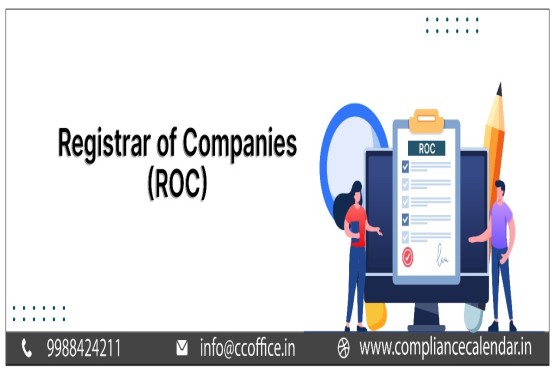







_Guidelines_learn_crop10_thumb.jpg)























_learn_crop10_thumb.jpg)
_crop10_thumb.jpeg)










_crop10_thumb.jpg)




_Second_Amendment_Rules,_2025_learn_crop10_thumb.jpg)







_learn_crop10_thumb.jpg)





















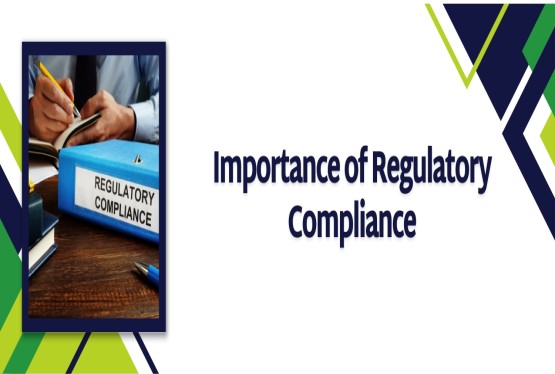







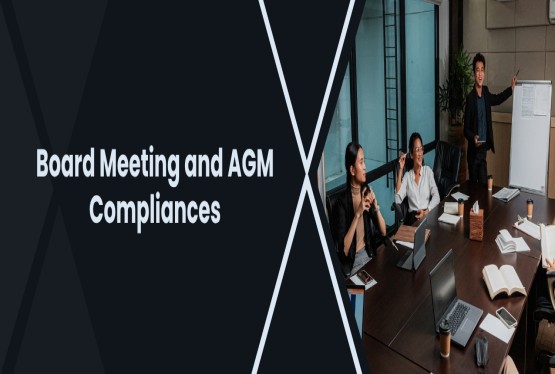
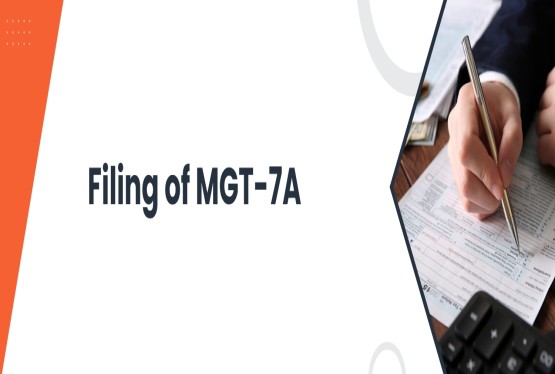
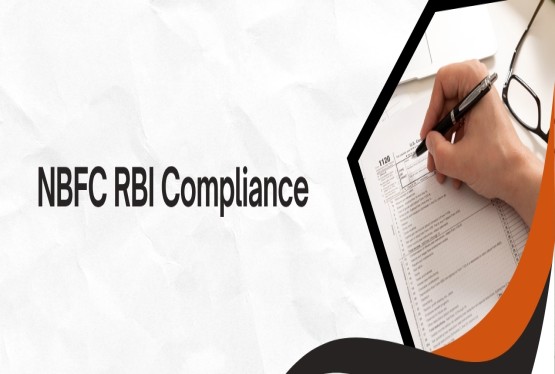






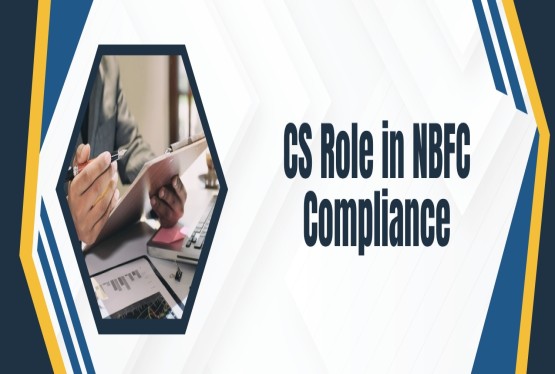




_learn_crop10_thumb.jpeg)








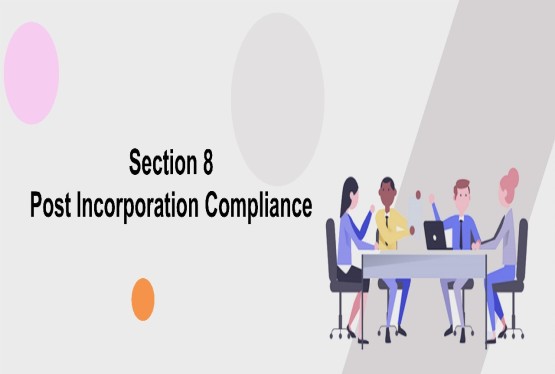
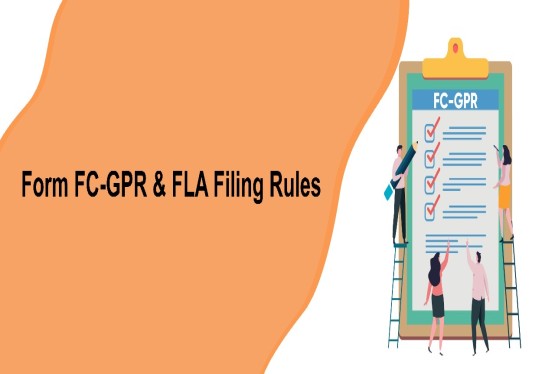
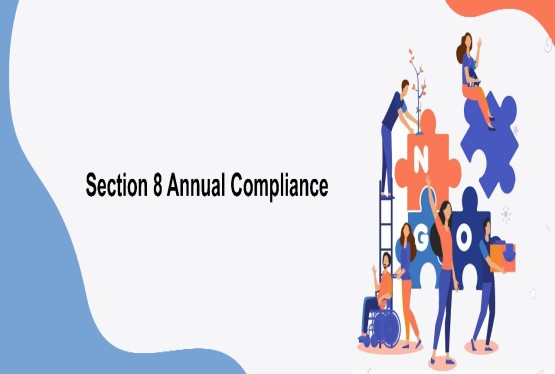
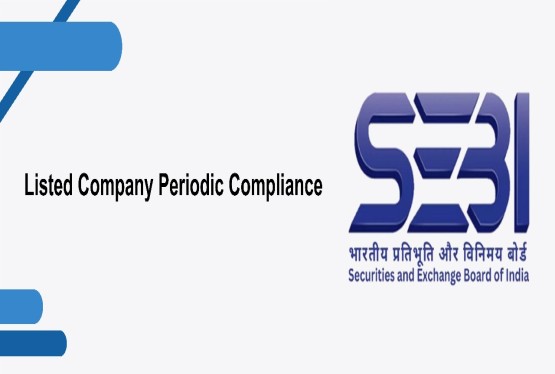

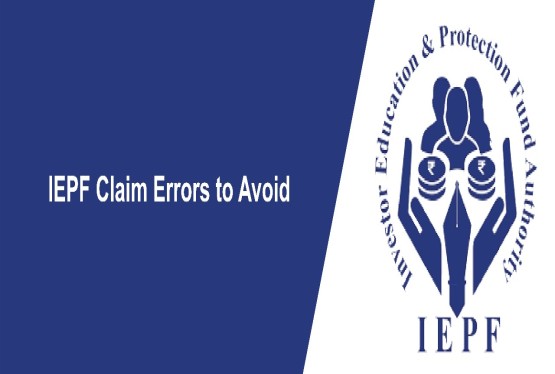


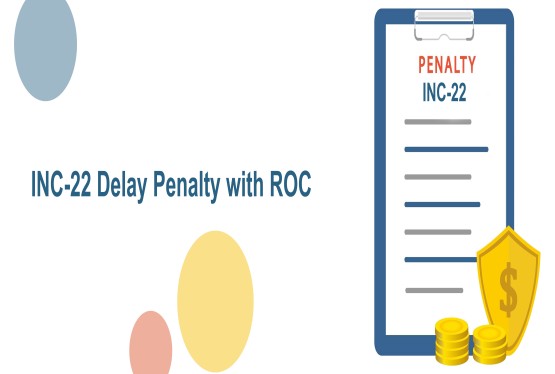


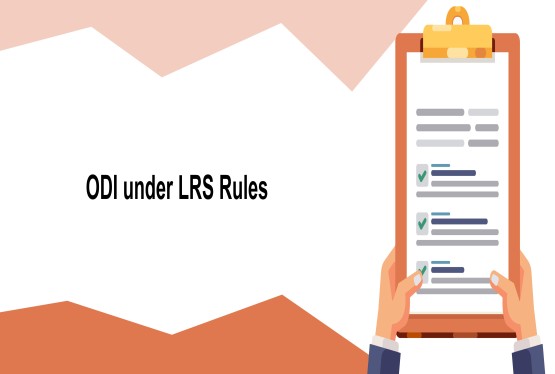
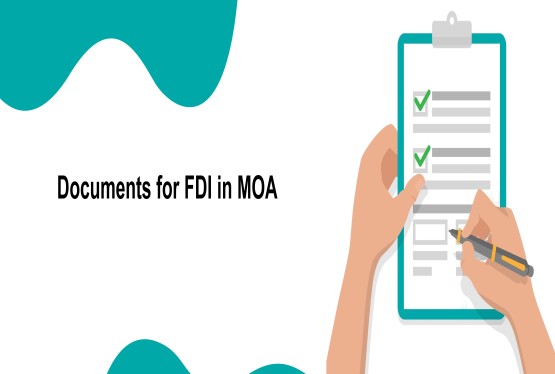


_learn_crop10_thumb.jpg)


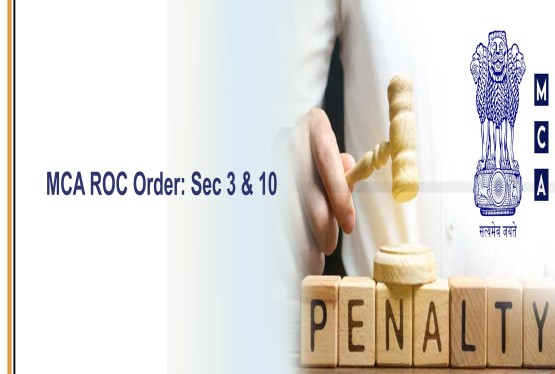
_rd_roc_learn_crop10_thumb.jpg)
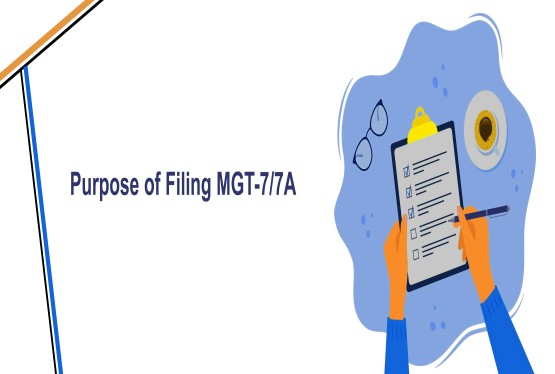




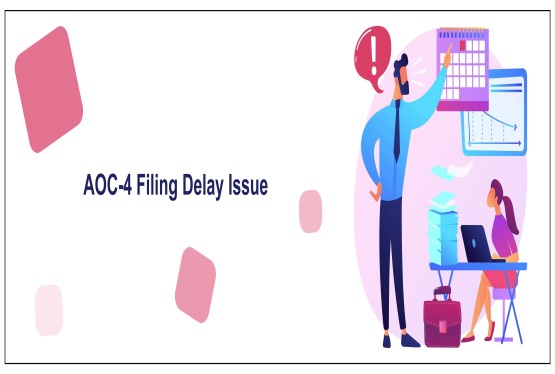
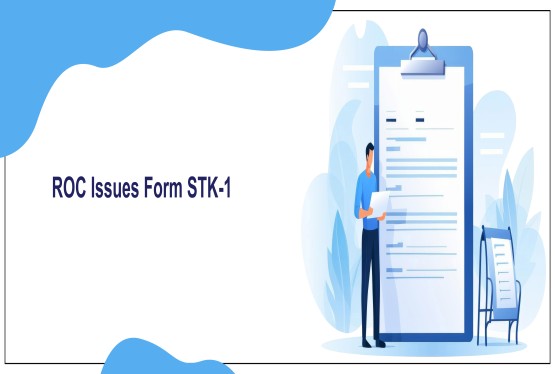








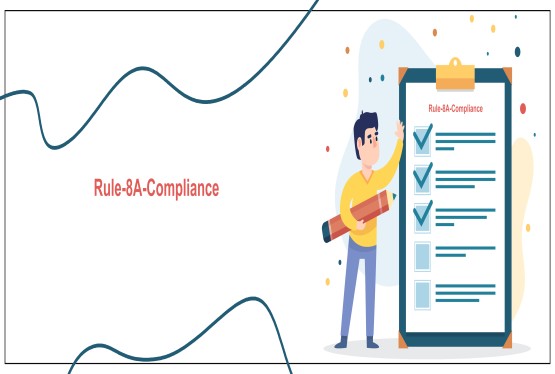
_learn_crop10_thumb.jpg)


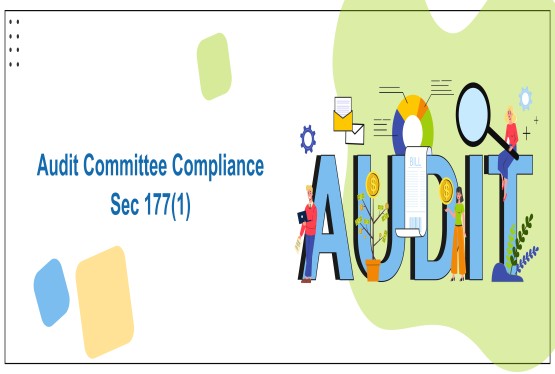



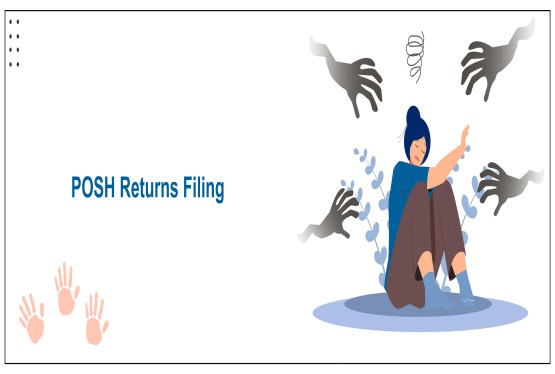
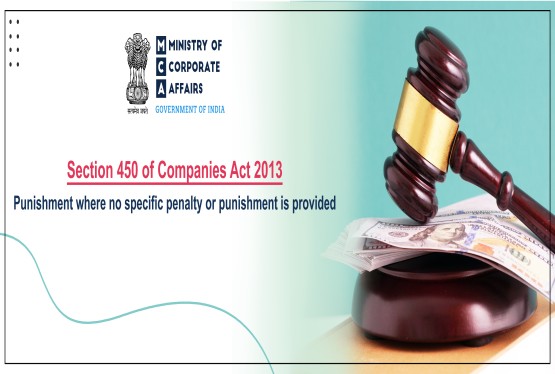

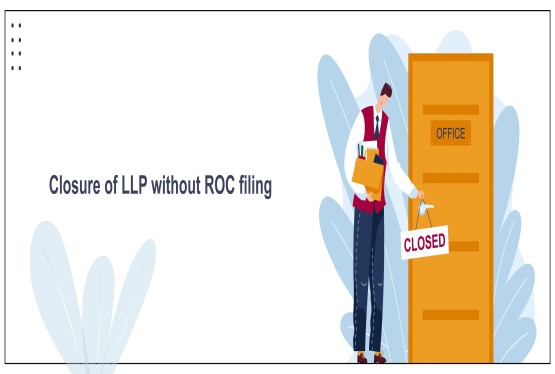


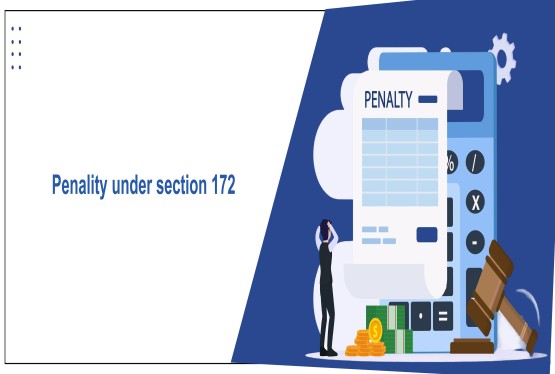
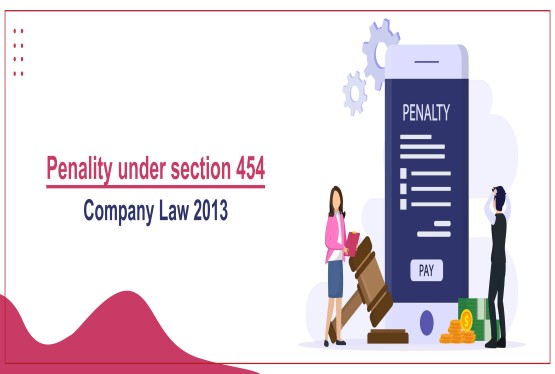
_learn_crop10_thumb.jpg)
_Learn_crop10_thumb.jpg)
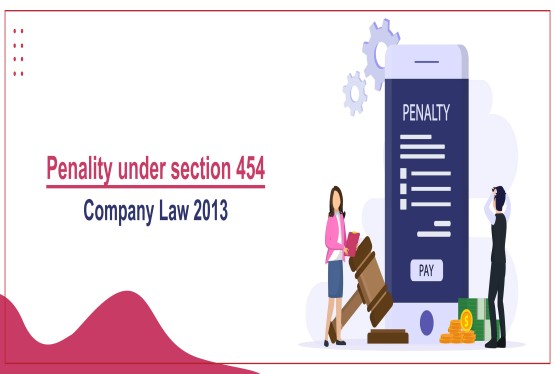
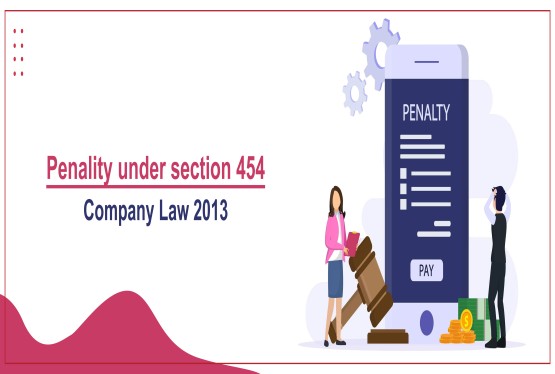
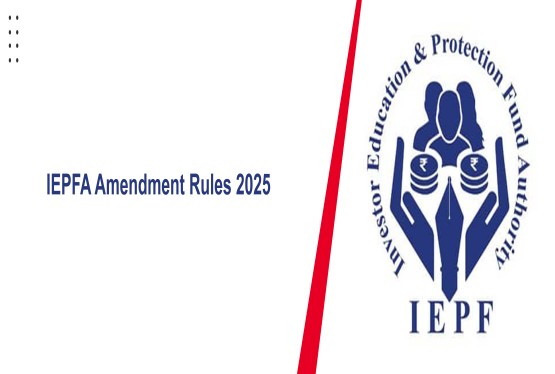




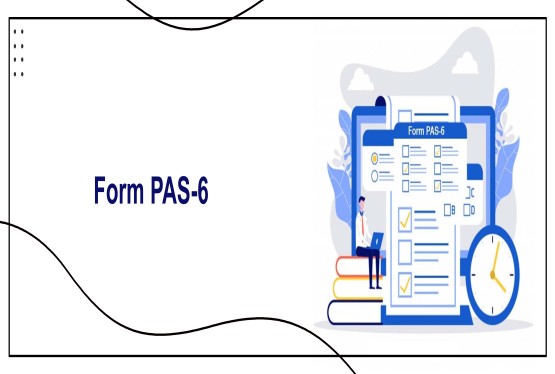


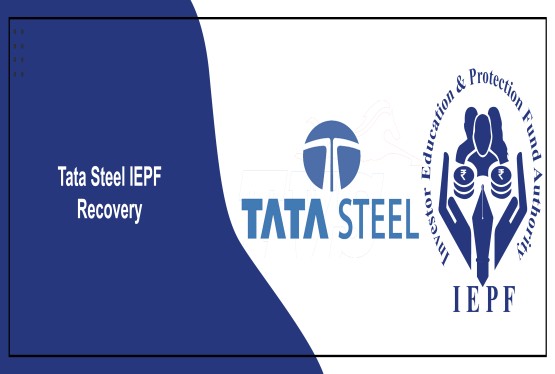
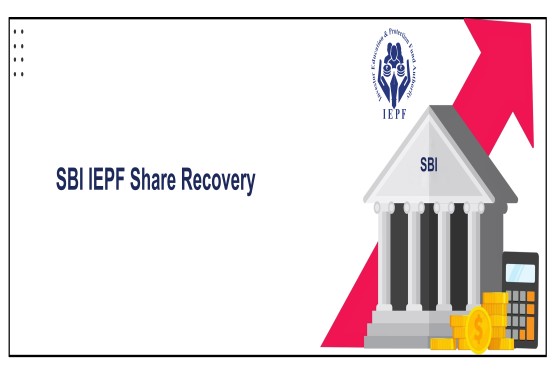
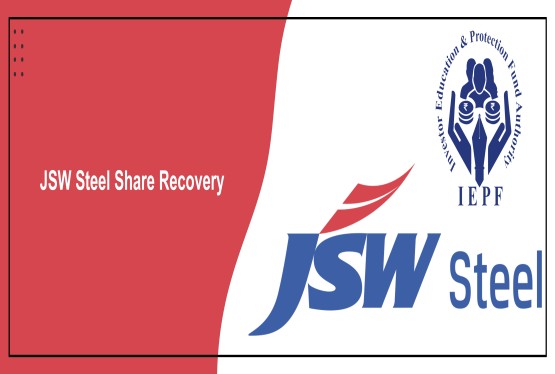


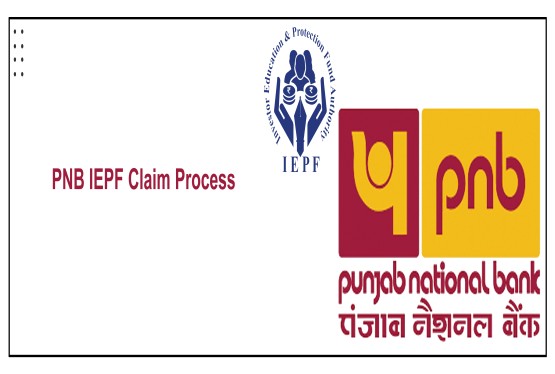





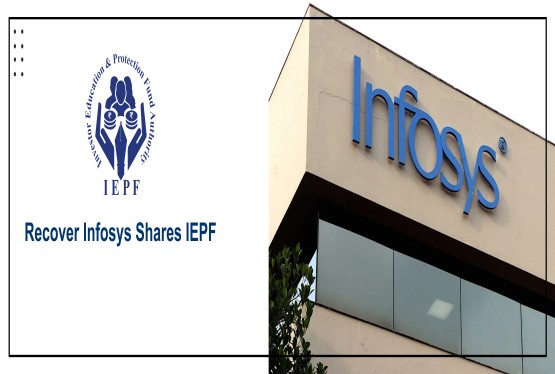


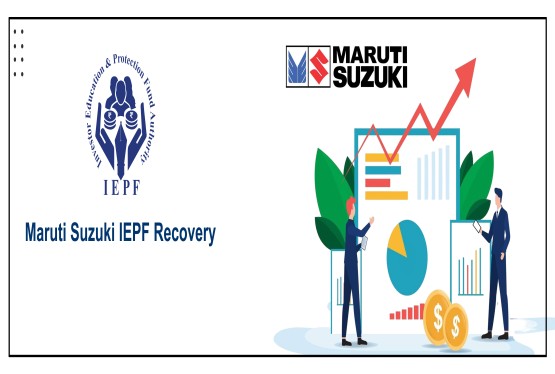

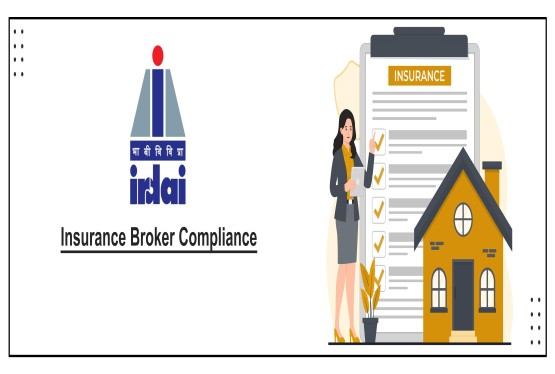
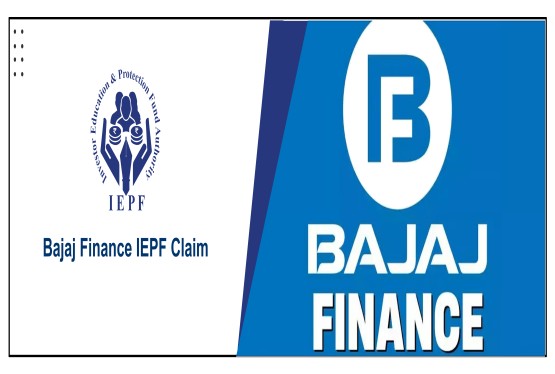







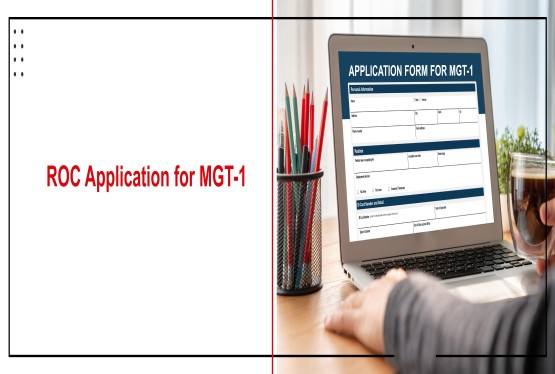



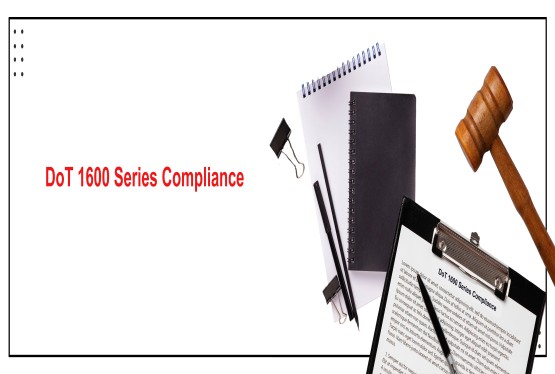



_learn_crop10_thumb.jpg)

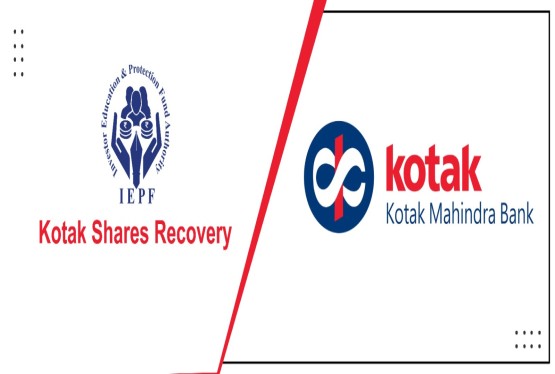


_learn_crop10_thumb.jpg)
